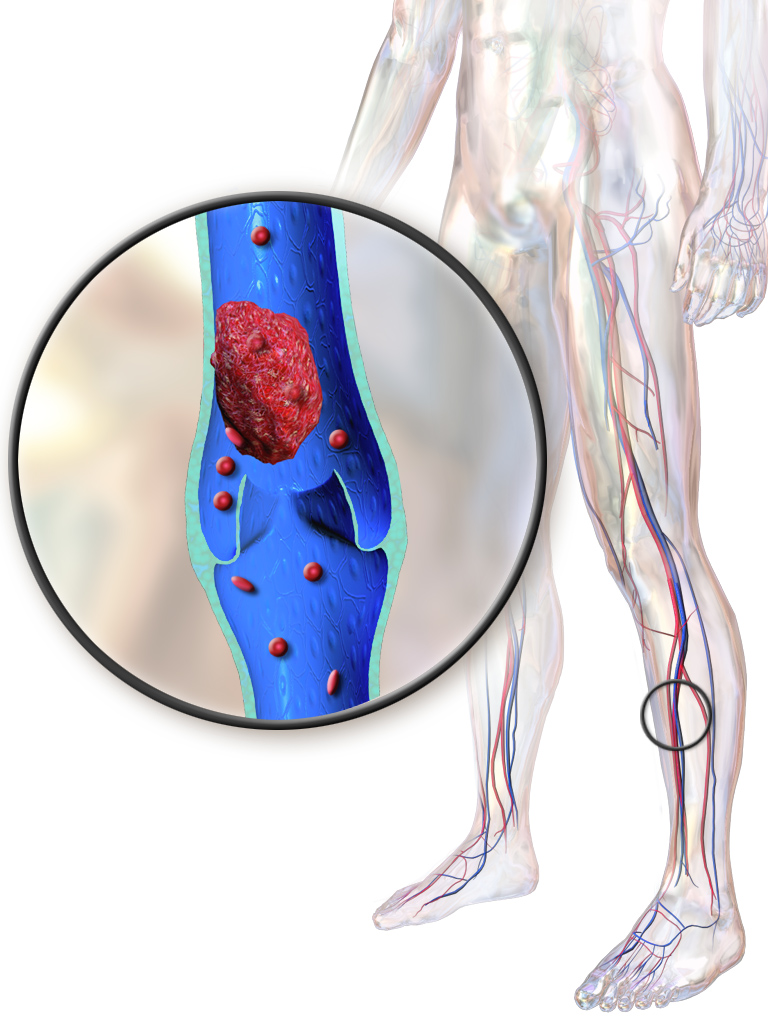Hughes–stovin Syndrome

Hughes–Stovin syndrome is a rare autoimmune disorder of unknown cause that is characterized by the combination of multiple pulmonary artery aneurysms and deep vein thromboses. It is named after the two British physicians, John Patterson Hughes and Peter George Ingle Stovin, who first described it in 1959. It is a rare variant of Behçet's disease, which entails more general problems with the circulatory system. Most patients are young adult males between the age of 20–40. Common clinical presentations include fever, cough, dyspnea and hemoptysis. Radiological features are similar to those of Behçet's disease.
Signs and symptoms
- Multiple pulmonary aneurysms
- Peripheral venous thrombosis
- Recurrent fever
- Chills
- Hemoptysis
- Cough
Diagnosis
There is no rigid set of diagnostic criteria for Hughes-Stovin. According to QJM, an international medical journal published by Oxford Press, Hughes-Stovin can be discerned from similar conditions by its resemblance to vasculitis without a presenting infection. The syndrome is also identified as being "characterized by pulmonary/bronchial artery aneurysms and thrombophlebitis, without diagnostic features of Behçet's disease (BD)."
Management
There is currently no satisfactory treatment for this condition. This is partly due to its rarity; the Orphanet Journal of Rare Diseases claims that fewer than forty cases of the disease have been described in English medical literature. Immunosuppressive therapy is the most common treatment, involving a mix of glucocorticoids and cyclophosphamide. This is most effective in the early stages and may cause remission of the aneurysms, but is ineffective once the disease has progressed. According to the Orphanet Journal, treatments, including ventilator, surgery and transcatheter arterial embolization are also used.